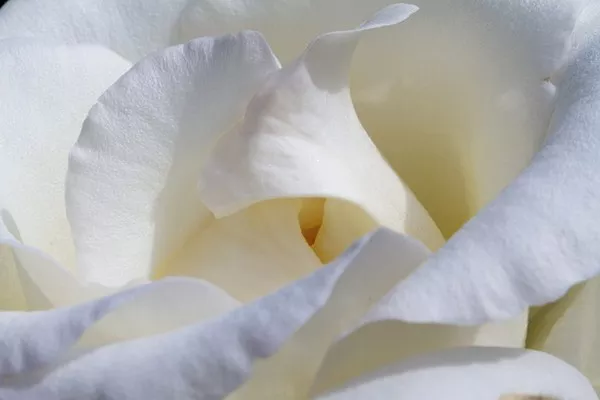Orchids are renowned for their exquisite beauty and delicate flowers, making them a popular choice among flower enthusiasts. However, one common issue that orchid growers encounter is the development of black spots on the flowers. These unsightly blemishes can detract from the overall aesthetic appeal of the plant. To maintain the health and beauty of orchids, it is crucial to understand the causes behind these black spots. This article aims to explore the various factors that contribute to the formation of black spots on orchid flowers.
Fungal Infections
Fungal infections are one of the primary culprits behind the appearance of black spots on orchid flowers. Orchids are susceptible to several fungal pathogens, including Botrytis cinerea, Colletotrichum spp., and Fusarium spp. These fungi thrive in warm and humid conditions, which are often present in orchid growing environments. The spores of these fungi can enter the plant through wounds or natural openings, such as stomata or hydathodes, leading to infection.
Bacterial Infections
Bacterial infections can also cause black spots on orchid flowers. Common bacterial pathogens that affect orchids include Erwinia carotovora, Pseudomonas cattleyae, and Xanthomonas campestris. These bacteria can enter the plant through wounds or natural openings, similar to fungal infections. Once inside the plant tissues, they multiply and cause damage, resulting in the formation of black spots.
Viral Infections
Viral infections are another potential cause of black spots on orchid flowers. Orchids can be infected by various viruses, such as Cymbidium mosaic virus, Odontoglossum ringspot virus, and Cymbidium ringspot virus. These viruses are typically transmitted through mechanical means, such as contaminated tools or sap-sucking insects like aphids. Once infected, orchids may exhibit symptoms like black spots on the flowers, distorted growth, and reduced vigor.
Environmental Factors
Several environmental factors can contribute to the development of black spots on orchid flowers. Excessive humidity, poor air circulation, and high temperatures can create a favorable environment for fungal and bacterial pathogens to thrive. Additionally, overwatering or improper watering practices can lead to root rot, which weakens the plant’s overall health and makes it more susceptible to infections. Insufficient light levels or sudden changes in lighting conditions can also stress the orchid, making it more vulnerable to diseases.
Nutritional Deficiencies
Nutritional deficiencies can weaken orchids, making them more prone to infections and the development of black spots. Lack of essential nutrients, such as nitrogen, phosphorus, potassium, iron, or magnesium, can affect the plant’s ability to grow and defend against pathogens. Imbalanced fertilizer application or using low-quality fertilizers can contribute to nutrient deficiencies, compromising the orchid’s overall health.
Cultural Practices
Improper cultural practices can inadvertently lead to the formation of black spots on orchid flowers. Inadequate sanitation, such as using contaminated tools or reusing infected potting media, can introduce pathogens to healthy plants. Overcrowding orchids or failing to provide adequate spacing between plants can impede air circulation, creating a conducive environment for disease development. Furthermore, neglecting regular inspections and early detection of infections can allow diseases to spread and worsen.
Conclusion
Black spots on orchid flowers can be caused by various factors, including fungal and bacterial infections, viral diseases, environmental conditions, nutritional deficiencies, and cultural practices. To prevent the formation of black spots, orchid growers should maintain proper hygiene, provide optimal growing conditions, and promptly address any signs of disease. Regular monitoring, early detection, and appropriate treatment measures can help preserve the health and beauty of orchids, ensuring vibrant and spot-free flowers. By understanding the causes behind black spots on orchid flowers, growers can take proactive steps to minimize the risk of infections and promote the overall well-being of their orchid collection.


